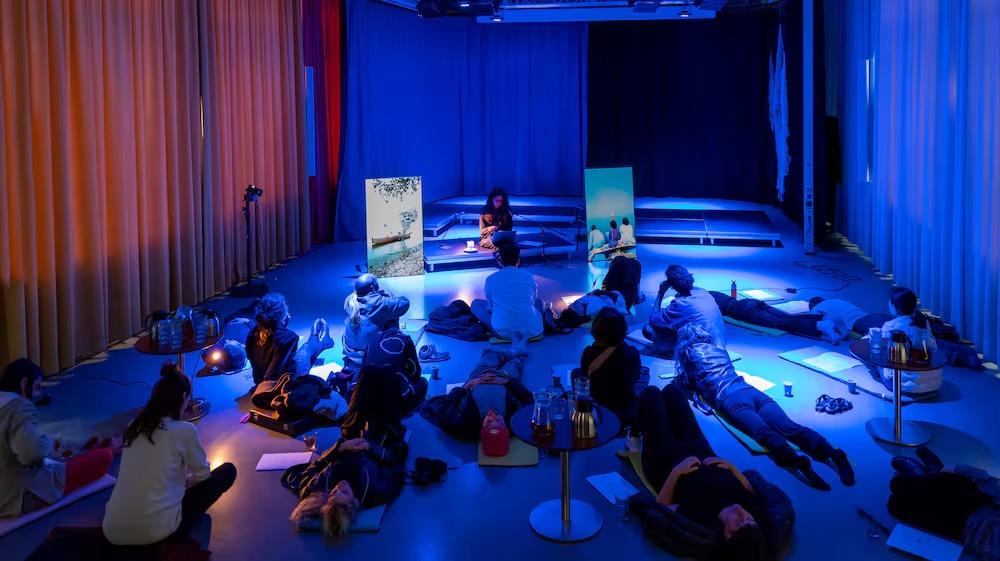
Art Jameel and the V&A announce shortlisted projects for the 7th edition of the Jameel Prize
The triennial competition, founded in 2009 and worth £25,000, focuses this year on moving image and digital media, shortlisting seven finalists from over 300 applicants.
ArtDayME: Art Jameel and Victoria and Albert Museum (V&A) announce the shortlisted projects for the 7th edition of the Jameel Prize, the V&A’s international award for contemporary art and design inspired by Islamic tradition. The triennial competition, founded in 2009 and worth £25,000, focuses this year on moving image and digital media, shortlisting seven finalists from over 300 applicants.
The 7th edition of the Jameel Prize: ‘Moving Images’ shortlisted artists are: Sadik Kwaish Alfraji, Jawa El Khash, Alia Farid, Zahra Malkani, Khandakar Ohida, Marrim Akashi Sani, and a joint submission by Ramin Haerizadeh, Rokni Haerizadeh and Hesam Rahmanian. Together, the works celebrate Islamic heritage and its relevance to contemporary life, covering a wide range of thematics – from domesticity and spirituality to ecology and revolution.
Applicants were sought through an open call in 2023 looking for artists working with film, video and time-based media, alongside those engaging with established and emerging digital technologies. The international jury for the 7th edition comprises of artists Morehshin Allahyari and Ajlan Gharem (winner of the previous Jameel Prize ‘Poetry to Politics’), curator Sadia Shirazi, and academic Laura U. Marks, and chaired by V&A Director Tristram Hunt.
The winner of the Prize will be announced on November 27, 2024, after which all the finalists’ works will be displayed at the V&A, opening November 30, 2024 through to March 16, 2025. After its run at the V&A, ‘Jameel Prize: Moving Images’ will go on tour in 2025 to national and international venues, including to Hayy Jameel in Jeddah.
Spanning film, sculpture, installation, sound, performance and VR, the finalists’ works engage with issues relating to water, ecology, landscape and spirituality, looking at the ways in which extractive industries and political dynamics shape the environmental and social fabric of the Middle East and South Asia. Others address the writing of history – examining the making of monuments and their deconstruction through acts of iconoclasm, or forging alternative approaches to museums and collections. Many works offer personal testaments to community, resilience, and connection, with hand-drawn animation and photography used for powerful storytelling.








LEAVE A RELPY